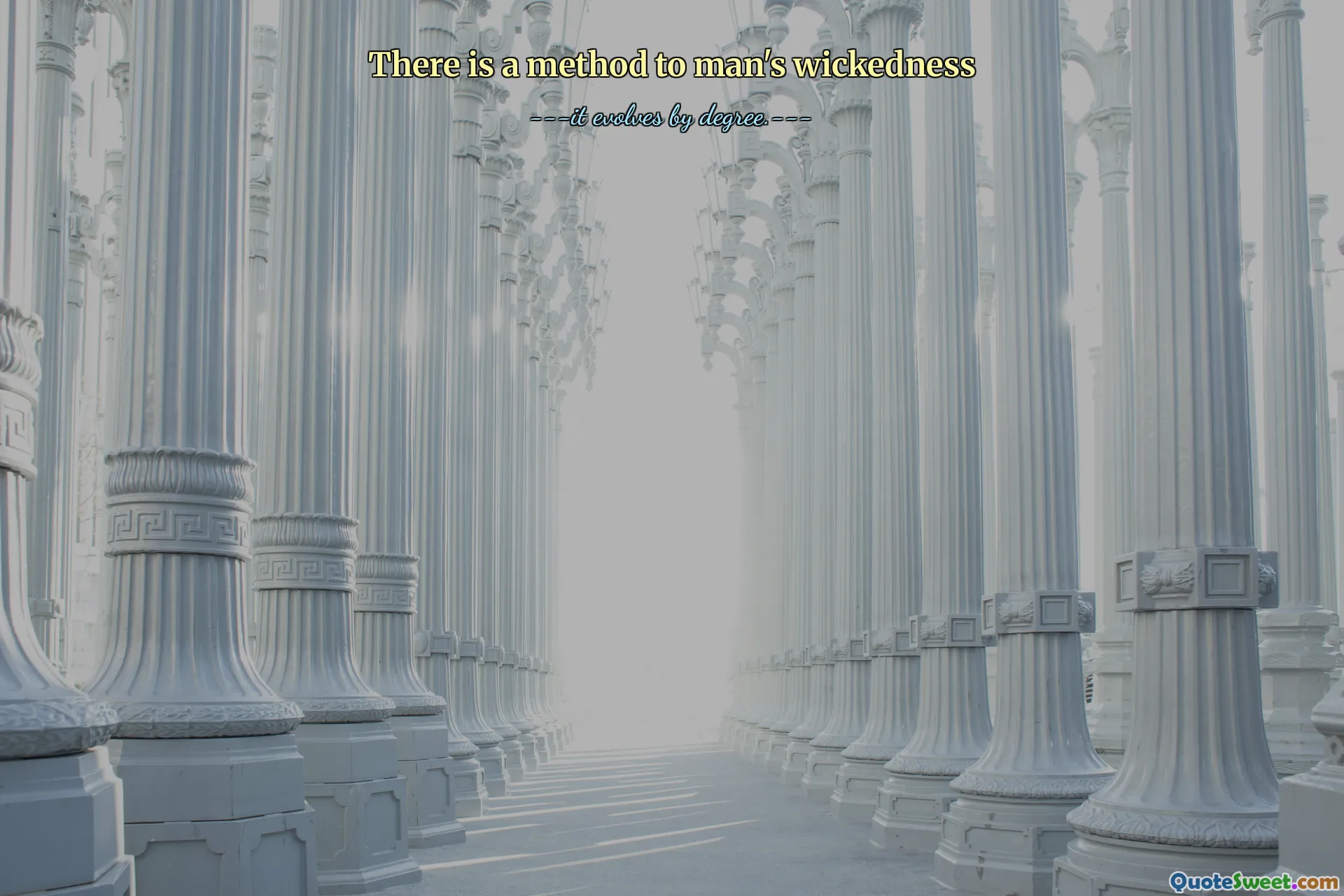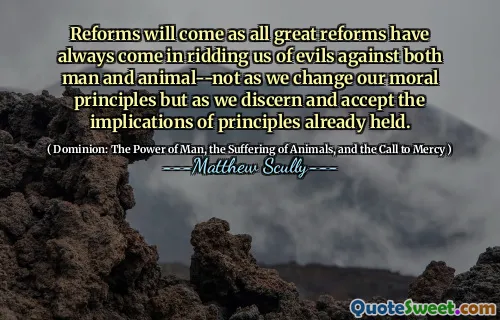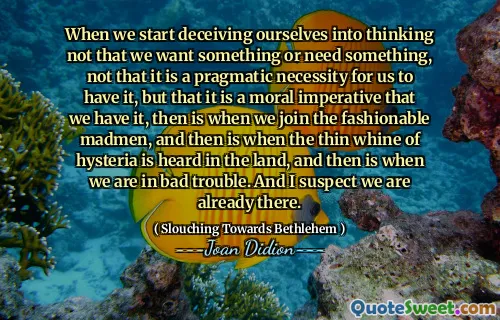
There is a method to man's wickedness
---it evolves by degree.--- In contemplating the idea that there is a method to man's wickedness, one is compelled to consider how malevolent actions are often not random but often follow patterns and rationalizations. Human nature is complex, and through history, wickedness has manifested in ways that suggest deliberate planning, social conditioning, and psychological mechanisms. Understanding that wickedness can have a method encourages scrutiny of human behavior, societal structures, and cultural norms that enable or even promote such deeds. It posits that evil may not be merely a result of impulsive urges but can be perpetuated through systematic process—be it deception, manipulation, or exploitation. This perspective prompts us to analyze behaviors critically, recognizing that malicious acts sometimes stem from subconscious or conscious strategies aimed at personal gain or societal control. It also raises questions about human morality and the capacity for evil when certain methods are employed. Recognizing this pattern compels us to institute checks and balances, remain vigilant against repeated malicious tactics, and foster transparency within communities. Moreover, it reminds us that understanding the mechanics behind wickedness can be a step toward preventing it. It also highlights the importance of moral education, ethical reflection, and social responsibility. Ultimately, acknowledging that there is a method to man's wickedness does not excuse evil but urges us to be more aware, cautious, and proactive in curbing the darker impulses that can arise when malevolence becomes methodical and organized. This knowledge becomes an essential part of the ongoing human struggle for justice, peace, and moral integrity, emphasizing the importance of vigilance and moral resilience in the face of deliberate malevolence.









